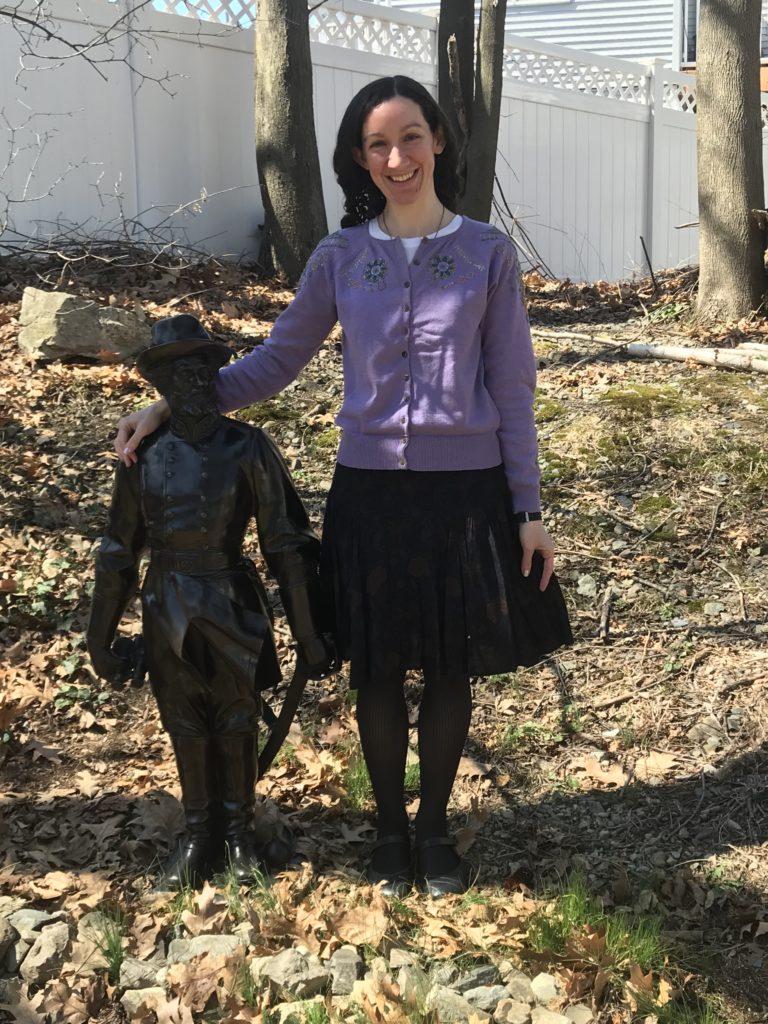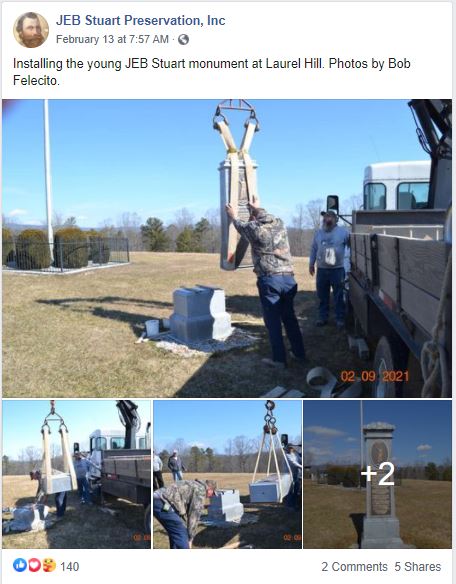For the past three days, it has been difficult to go on.
Yet again, pain courses through my body. Yet again, my soul feels as if it is being eviscerated. Yet again, my stomach is sick. Yet again, I don’t see the point in living. Yet again, I am filled with such anguish, rage, and grief that I cannot find words adequate to express it.
The pain is completely overwhelming. It is difficult, if not impossible, to describe in words, because no words seem able to fully convey its severity.
The bigots whose goal is to destroy everything good in the world have struck again. They have quite possibly reached a new low, if such a thing is possible. Another gut-punch, another eruption of hideous, sickening pain that obliterates all else from my consciousness. This time, the target of the bullies’ vicious attacks is not even a person, but a horse. That’s right, a horse. An innocent animal who did nothing wrong.
The pain is so severe that I cannot even put into words the latest atrocity, cannot link to a source, cannot re-post the sickening image. All I can say is that the sickening, horrifying image of where Traveller’s gravesite used to be is etched permanently into my mind. I cannot stop thinking about the pitiful scene, the broken cobblestones with the hideous, gaping hole where Traveller’s grave marker used to be, before it was brutally hacked out of the ground. Over the past three days, whenever I manage to focus on something else for a few minutes or perhaps even an hour, whenever my pain decreases to a very high but barely manageable level, the hideous image comes back, and the excruciating, agonizing pain erupts again.
When I feel like this, all positivity is crushed. Any potential for happiness, any possibility of finding a positive spin on events, is stamped out. I want to make a drawing of Traveller, as a tribute to him, to feel that I am, at least in a small way, making a difference. But when I feel like this, all creativity is gone. Before this happened, I had some photos of my Stonewall Jackson statue that I wanted to post. They brought a smile to my face, and I thought they might do the same for others in the Confederate history communities that I belong to. But now, even that seems inappropriate. There can be no smiles, no happiness, given what happened three days ago.
Even expressing how I feel in a civil, eloquent, logical, well-thought-out manner is out of reach when I feel like this. Whenever I contact public officials about the issues that matter to me, I put a lot of effort into composing a polite and well-written email, under the assumption that if my wording came off as too angry and harsh, it would be counterproductive to my goal of persuading them to change their minds. But when my rage and anguish are as strong as they are now, I am not capable of translating these feelings into such an email. Similarly, if I were to make a social media post about Traveller, I don’t know how I would be able to compose a caption. On social media platforms, I am connected with current and former co-workers, members of the local arts community, and people who admire my artwork, which creates a similar need for civil, eloquent, and logical writing. Expressing my raw, unfiltered feelings could cause people to think that I am completely unhinged, or a white supremacist, which would have negative ramifications for my artwork, my social standing, and my career.
So I write nothing, and I post nothing. I am tormented every day by all of the people who do not care about what has happened, who talk about superheroes and Disney movies and baseball, who post pictures of their dogs, babies, lobster rolls. Who continue with their mundane, ordinary lives as if nothing is wrong, enjoying the things that they are interested in, because unlike the things that I am interested in, those things are still allowed to exist. The great irony is that when I write nothing and post nothing, I appear exactly like them. My feelings are so strong that I am unable to wrangle them into a presentable form, and so from all outward appearances it looks as if I don’t have any feelings about this topic at all, when nothing could be further from the truth. The enormous pain that has been inflicted on me by the statue genocide is exactly why it is so important for me to express my views on it, yet it is also the reason why I cannot do so.
But I cannot allow myself to be silenced. Not if I am to survive this. Historical figures are what made my life worth living. Offering an alternative viewpoint to that of the mindless bullies, the perpetrators of the genocide, is what I was put on this earth to do. If there is anything that can possibly give me a reason to continue living, offering an alternative viewpoint is that thing.
So I wrote an email to the person who is responsible for destroying Traveller’s gravesite. The person who is responsible for causing this pain. I didn’t make an effort to make it sound civil, polite, or logical. It probably comes off as completely unhinged. But at this point, I don’t really care anymore. Coming off as unhinged is better than not expressing myself at all, because to remain silent is to condone the bullies’ actions. The raw, tormented, and tortured part of me is part of me, just as the polite and logical part is. She deserves to be heard, too. I shouldn’t have to wait until I summon the energy to suppress this part of myself, shouldn’t have to wait until the polite and logical part of me is back in control, before expressing my views. Because too often, that results in me not expressing my views at all.
Plus, it’s not as if sending polite and logical emails has been effective in getting public officials to change their minds. The genocide continues, excruciating gut-punch after excruciating gut-punch. And when you think about it, why would polite and logical emails be effective, when they fail to convey the severity of my pain, fail to convey the true extent of what has occurred, fail to truly explain the negative impact of the bullies’ actions? When I send a polite and logical email, the recipient probably thinks: this person’s pain is relatively minor; this person’s pain is insignificant compared to the pain inflicted on black people by police brutality and systemic racism; this pain is something that this person just needs to suck up, to tolerate, to get used to.
No. This pain is intolerable. This pain is not something to suck up, to tolerate, or to get used to. This pain is unacceptable. And this pain is a direct result of people’s actions. Therefore, these actions are unacceptable. Any communication that does not convey this fundamental truth is not truly honest, and therefore probably cannot be effective.
As an autistic person whose special interest is history, things like Traveller’s gravesite were the things that made my life worth living. These were the things that brought me beauty, that brought me joy, that brought me happiness. I understand that this isn’t the case for people who do not have history as a special interest. But that does not justify their complete lack of empathy for those who do. It is no explanation and no excuse for their despicable actions.
For three years, I have been trying, I have been searching, I have been racking my brain to figure out why anyone would want a world completely devoid of the things that make life worth living, completely devoid of beauty, joy, or happiness. I still do not understand. I am certain I never will.
Yet another piece of what makes my life worth living, cruelly destroyed, brutally hacked out of the ground. The people who do these things do not care a whit about what they are doing to me. They do not care one iota about the pain that their actions have inflicted. Lynn Rainville gets to continue “studying ordinary Virginians doing extraordinary things in the past,” to continue “telling the stories of exceptional Virginians whose names never made it to the history books,” to continue “uncovering lost sites and forgotten heroes from hometowns across the state,” as her website and the bio on her faculty page so elegantly explain. Meanwhile, due to her actions, I sit here overwhelmed by excruciating agony, struggling to continue existing, my body, mind, and soul ripped to shreds. Due to her actions, my entire world is destroyed.
Dear Dr. Rainville,
I learned from news reports about the removal of Traveller’s grave marker, and the fact that you are the person responsible for making the decision to do this.
There are no words to express the anger, pain, anguish, and sadness that I felt, and continue to feel, upon learning of this disgusting action. I am appalled that anyone would think it was a good idea to punish a horse – an innocent animal who did nothing wrong – by destroying his gravesite. Your actions are cruel, mean-spirited, nasty, heartless, and completely lacking in empathy. Seeing images of Traveller’s grave, with the hideous gaping hole where his headstone used to be, makes me feel physically sick.
I am usually a mild-mannered person, but your actions are so despicable, shameful, and disgusting that a calmly worded email would be inadequate. As someone who loves history as well as horses, I am absolutely appalled at what you have done. I do not have any connection to Washington & Lee University, other than being interested in history and knowing about the various historical sites present on campus. Yet the pain that your actions have inflicted on me is so severe that it is impossible to put into words. Many of my friends and fellow history lovers feel the same way.
I am completely and utterly baffled as to what thought process could possibly have led you to make the decision that you did, unless your goal is to make the world as bad a place as possible, or to inflict the maximum possible amount of pain on other people. I truly cannot imagine how a human being could possibly have come to the conclusion that destroying Traveller’s gravesite was a good idea.
I hope that you will issue a public apology, both to Traveller and to all the people you have hurt through your heartless, mean-spirited, and cruel actions.
Sincerely,
Marissa B.







